Fertile Cervical Mucus Tracking
Cervical Mucus (CM) tracking is another way of understanding if you’re at a fertile stage of your cycle and can be used in sync with ovulation predictor kits (OPKs) and Basal Base Temperature (BBT) which combined together is known as symptothermal method.
The menstrual cycle is controlled by hormone level releases in the body and there are various stages of CM quality. Throughout your menstrual cycle, the amount and quality of mucus that is produced will fluctuate, and by observing these changes you can begin to predict the most fertile days in your cycle. For those who use Clear Blue Digital Advance, the flashy smiley detects the rise in Estrogen, it’s during this duration that your CM should be transitioning to become more sperm-friendly and accomodating from a normally acidic environment up to the point when a solid smiley kick as the prime optimal time for insemination. As you become more familiar with your CM, you will be able to better time donations order to conceive.
How to Check Cervical Mucus
There are three main ways to check your cervical mucus just make sure you become consistent in using the same method when evaluating. Ideally charting and documenting your body at the same time each day and remember your body may differ from others.
1. Toilet paper check
The most common method of checking. Simply look at the toilet paper after wiping ideally before you pee, you may have to inspect it under a light to see clearly. The amount of CM may fluctuate based on many factors including how hydrated you’re. You may even have more CM after you went for a number 2 as strenuous bowel movement can help present CM.
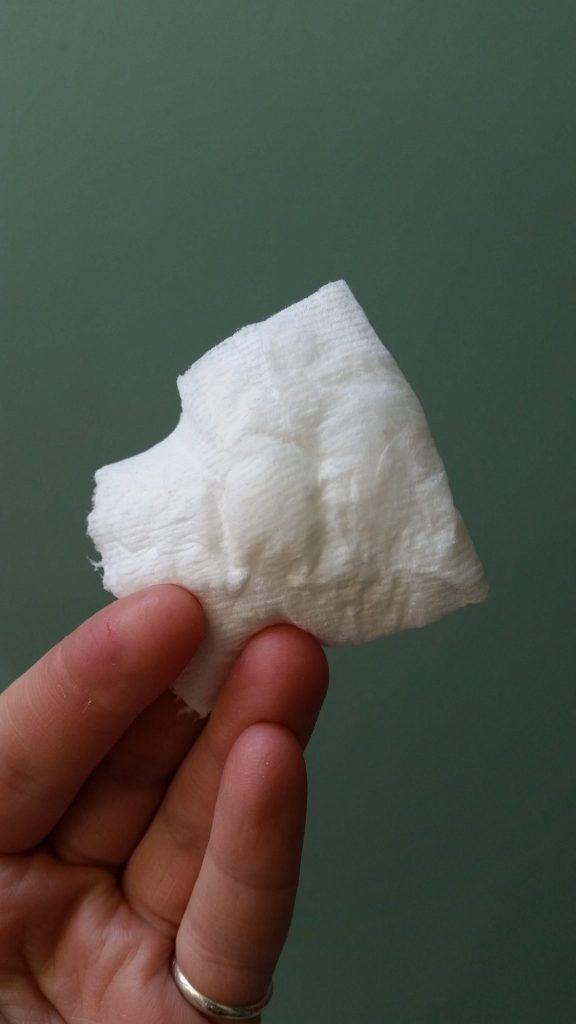
Dry (Not Fertile) 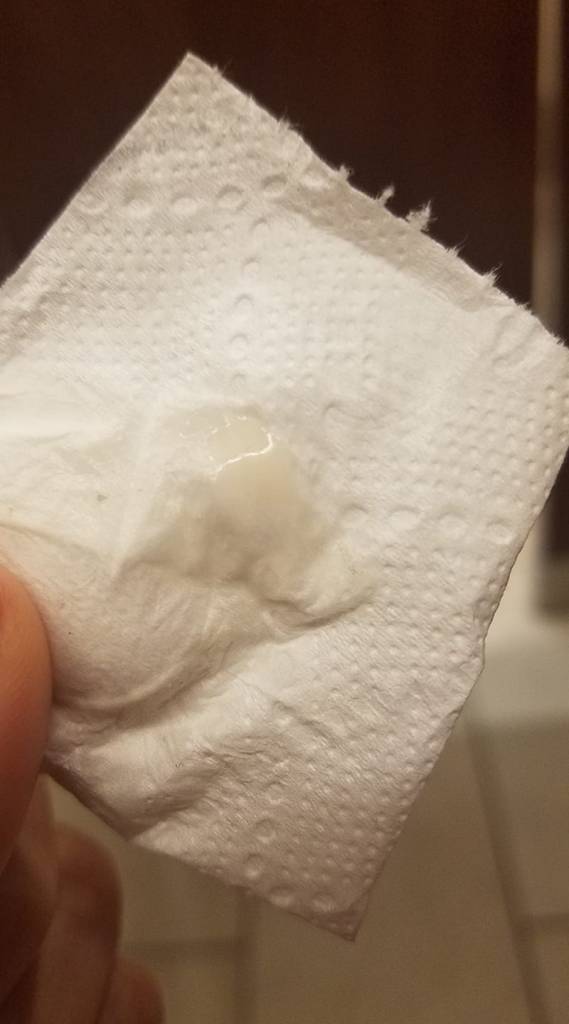
Creamy (Non Peak) 
Egg White (Peak)
2. Underwear Check
If your body is effective enough in producing enough secretions you may be able to check your underwear for telltale signs that ovulation is coming during these tracking days wearing black underwear is considered the best way of monitoring. Of the 3 main ways of tracking, this may be considered the least intimate and accurate way of tracking.

Dry (Not Fertile) 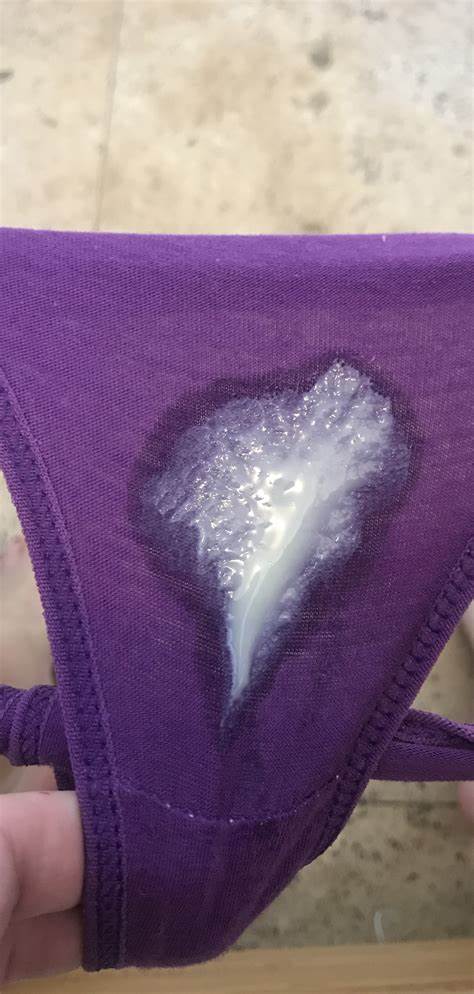
Creamy (Non Peak) 
Egg White (Peak)
3. Internal Check
This method is great if you’re also charting the position of your cervix. You need to be careful though from introducing foreign substances such as bacteria or soap residue as it can affect the natural balance pH level of the vagina and potentially impact fertility this is why we also try to stay clear of sperm-friendly lubricants as they’re detrimental to vaginal eco-system.
To monitor your mucus effectively wash and dry your hands thoroughly, then insert your index or middle finger into your vagina reaching as close to your cervix as possible. Then remove your finger and observe the consistency of the mucus sample by rolling the mucus between your thumb and finger, pressing your fingers together, and then slowly moving them apart.

Dry (Not Fertile) 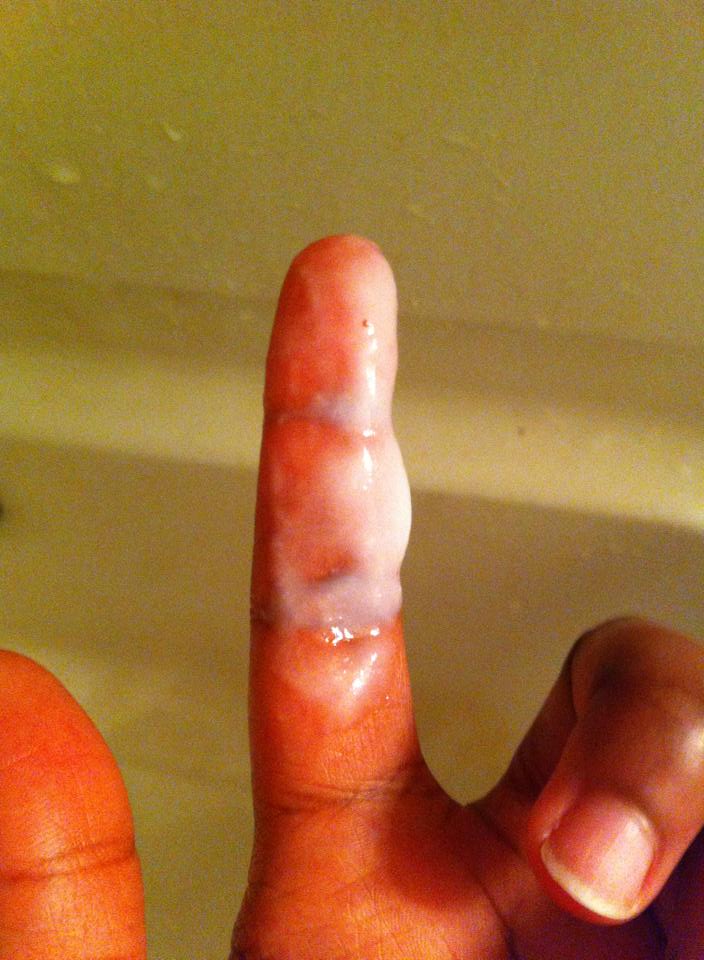
Creamy (Non Peak) 
Egg White (Peak)
When is the best time of day to check my cervical mucus?
There is no set or best time, but best just to get into a consistent routine of monitoring daily if you’re also waking up in the morning first thing and testing Basal Base Temperature (BBT) may as well do it then. Set an alarm on your phone as a reminder if need be to ensure you’re accurately logging and tracking your cycle.
How do I check my cervical mucus?
You have to feel and look at your mucus (or discharge) every single day, and record what you notice on a special chart. You can start tracking your mucus the day after your period stops completely.
The best way to feel the consistency of your mucus is to rub it and pull it between your thumb and index finger. Record everything you notice about your mucus on a chart daily: your period days, dry days, wet days, sticky days, cloudy days, and slippery days.
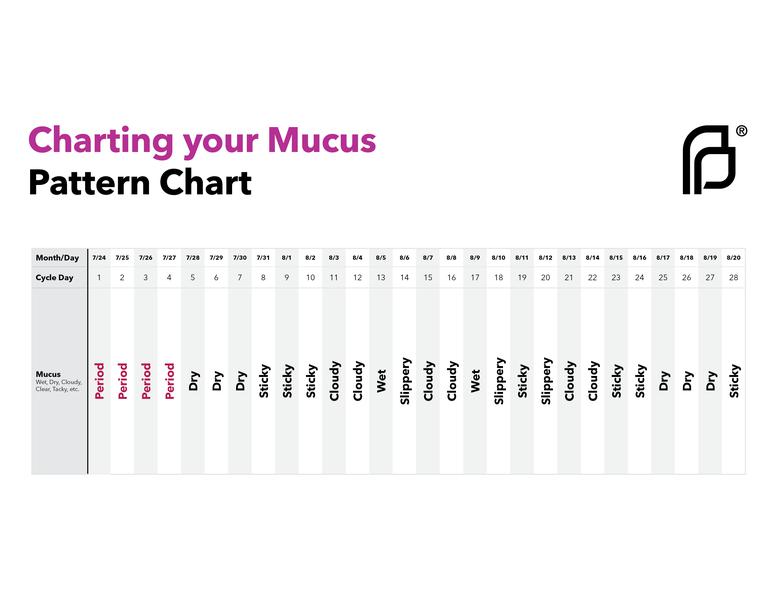
What should my cervical mucus feel like?
Your cervical mucus changes throughout the cycle, depending on what point you’re in your menstrual cycle:
- During your period, the blood flow covers your mucus, so you won’t notice any. If you have a short cycle you could perhaps be fertile during your period.
- Right after your period, you usually have 3-4 days without mucus and discharge maybe longer if you have longer cycles. These are called “dry days,” and your body isn’t at a fertile stage yet.
- Before ovulation (Flashy Smiley) As your estrogen surge happens in the lead up, your body makes more mucus as an egg starts to mature. This mucus is usually yellow, white, or cloudy (creamy), and it feels sticky or tacky. You may notice it at the opening of your vagina for 3-5 days. These days mean you’re getting close to a donation.
- Right before and during ovulation (Peak/Solid Smiley), At this time you should have your most mucus. It will now appear what people call Egg white CM because it’s similar to raw egg whites and can be strectched between your fingers (Stretches over an inch), These are logged in your charts as “slippery days” and it’s common to have them for roughly 4 days. At this time you’re most fertile.
- After ovulation Conditions start to dry up and there is less mucus reverts back to cloudy and sticky again before heading back towards “dry days” This happens during the luteal phase and can last longer than 11 days before period happens and your next cycle starts over again.
Factors that can alter cervical mucus?
Some people may have trouble monitoring and tracking their CM with conditions and certain activities as listed below.
- Vaginal sex
- Using lube (either for ni or ai)
- Using some medications
- Breastfeeding
- Surgery on your cervix
- Douching
- Early menopause
- Using hormonal birth control recently (including the morning-after pill)
- Sexually transmitted infections
- Vaginitis
- Hydration Levels
Any doubts about the quality of your cervical mucus
There is a Post Coitus Test (PCT) or Hühner test that is conducted during a recipients fertile period conducted by a doctor to evaluate the quality of the cervical mucus (amount of spermatozoa, acidity, absence of anti-sperm antibodies) and its compatibility with sperm.
Viewing the Cervix
| Some of the Sperm Donation World Ai kits come with an L.E.D speculum that help monitor the Cervix and let you observe the cervix. An example can be found here Age 25 – Entire Cycle | Beautiful Cervix Project. | 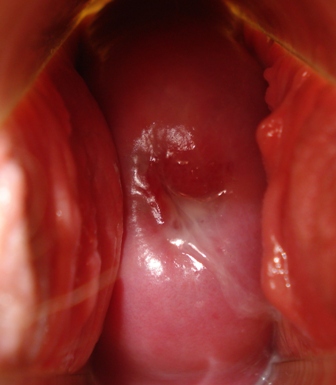 |
Improving your Cervical Mucus
In the Sperm Donation World community, every recipient is different in the amount of cervical mucus that they produce. Those who produce greater amounts and have great egg white slippery quality, in general, tend to have higher success rates as opposed to recipients that have less and much more dryer conditions.
As a recipient, you should have a strong focus on preparing your body in producing the best cervical mucus possible during your fertile window. Lube is not the answer and should not be used until all other avenues listed below have been trialed and explored.
Drinking Plenty of Water to keep yourself hydrated.
After your “Dry days” as your begin to transition to your fertile window, ensure you increase your water intake, carry a bottle of water around with you to remind yourself to drink. 96% of Cervical Mucus is Water so obviously the more water you drink the greater quantity you will produce naturally. If you’re a person that drinks fizzy drinks during this stage just stick to water as fizzy drinks won’t help.
Drinking Grapefruit juice.
If water is a struggle and you need to mix it up a little this is your alternative. It is said to increase quantity and texture and should be consumed just for a week in the lead up to ovulation making your cervical mucus more fertile.
Avoid Caffeine.
Caffeine can be found in coffee, chocolates, ice cream, and in such quantities that dehydrate your body, therefore, hinder your chances of producing good quality cervical mucus. If you’re a person that struggles to produce enough CM at the best of times, it might have to be a sacrifice you will have to make for a week in the lead-up to ovulation.
Avoid Nicotine.
Most people try to quit smoking before trying to conceive in this day and age. But if you can’t kick the habit you may want to reduce nicotine intake prior to ovulation as it reduces the amount of bodily fluids you produce.
Avoid outside influences.
Avoid coming into contact with chemicals, which means no bubble baths, staying away from scented toilet paper and other scented feminine care products. This can cause disruption to the quality of your cervical mucus.
Consume dark green vegatables.
You want your bodily fluids to be at a more alkalinity level your cervical mucus also has a pH level that correlates to your diet. So in the week leading up to ovulation include some Spinach or Broccoli.
Consume carrots.
Rich in Beta-carotene which aids in producing Vitamin A in the human body help increase the quality and quantity of cervical mucus.
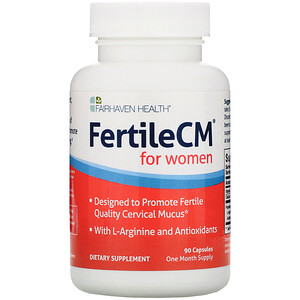 | Fairhaven Health, FertileCM for Women, 90 Capsules Put together with a group of core ingredients that enhance Cervical Mucous if you purchase this you don’t need to buy some of the other ingredients that are listed below eg. Vitamin C, L-Arginine and Grape Seed Extract. |
 | Enzymatic Therapy, Air-Power, Guaifenesin Expectorant, 100 Tablets You may have heard of people talking about similar products such as Mucinex that Thins & Loosens Mucus, most of these products are marketed for coughs and phlegm buildup but don’t let that fool you, they both contain the key ingredient Guaifenesin which is extracted from a plant guaiacum. This is a must-have. |
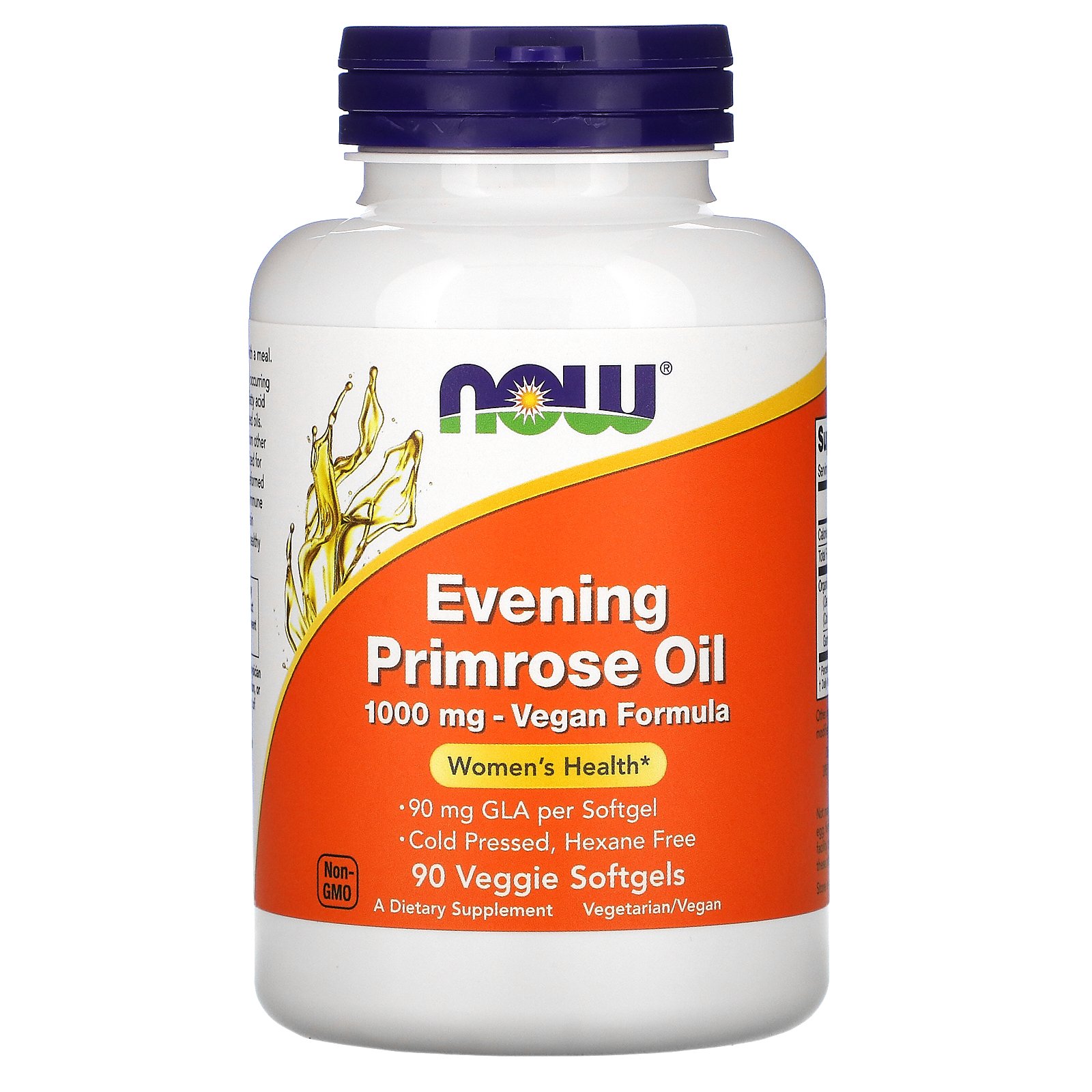 | Now Foods, Evening Primrose Oil, 1,000 mg, 90 Veggie Softgels It contains essential omega-6 fatty acids, that help balance the acidity levels and increase the production of your cervical mucus. Read instructions on dosages as it may bring on nausea. |
 | Solgar, Super GLA, Borage Oil, Women’s Health, 300 mg, 60 Softgels A similar alternative to Primrose Oil. |
 | Now Foods, L-Arginine, Double Strength, 1,000 mg, 120 Tablets Is an essential amino acid. It helps to promote cervical mucus by supporting the production of nitric oxide (NO). Nitric oxide dilates blood vessels and helps to increase blood flow to the uterus, ovaries, and genitals. Proper circulation to the reproductive organs is vital to the production of cervical mucus. |
 | Solgar, Vitamin C, 1,000 mg, 90 Tablets It helps in the secretion of watery cervical mucus which works as an ideal environment for sperm cells to swim in. |
 | Now Foods, Garlic 5000, 90 Tablets While it is believed to be the most effective to take in raw clove form, if that isn’t your style swallowing in tablet form is the next best thing. Garlic is right up there with thinning cervical mucus. |
 | Traditional Medicinals, Organic Roasted Dandelion Root, Caffeine Free, 16 Wrapped Tea Bags, .85 oz (24 g) The properties of dandelion leaf will also help balance your hormones and level the pH of your cervical mucus. |
 | Organic India, Shatavari, 90 Vegetarian Caps Increases the flow of blood to the genitals, while a few of them are helpful to balance hormones in one’s body. |
 | Now Foods, Licorice Root, 450 mg, 100 Veg Capsules Another herb that increases the flow of blood to the genitals, while a few of them are helpful to balance hormones in one’s body. |
 | NutriBiotic, Vegan GSE Grapefruit Seed Extract, Liquid Concentrate, 4 fl oz (118 ml) For those who want to achieve the same affects of drinking grapefruit juice, this concentrate can be mixed in with your water for optimal results. |
 | Bob’s Red Mill, Baking Soda, Gluten-Free, 16 oz (454 g) Add a teaspoon of sodium bicarbonate to your water to help improve cervical mucus. Vaginal douches contain this ingredient but it’s much better to ingest it with your water intake. |
